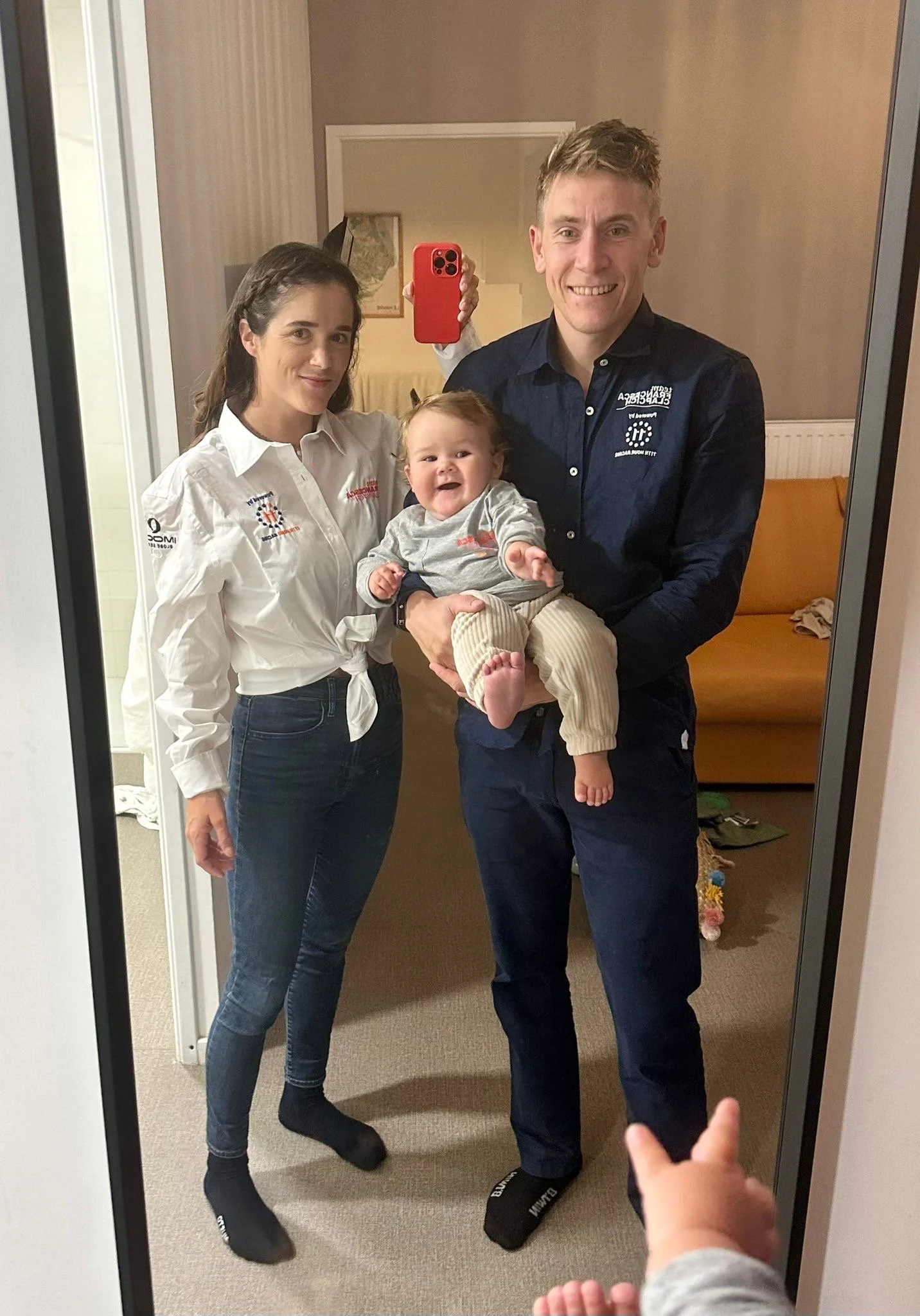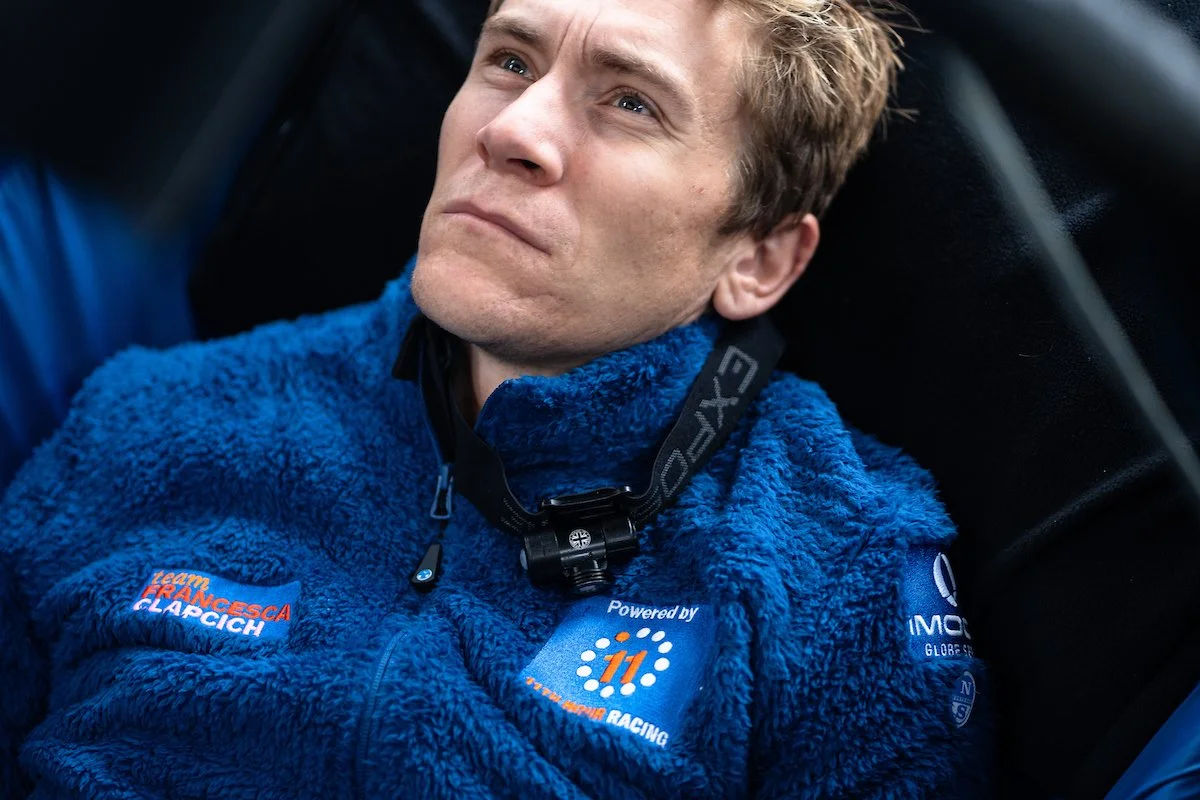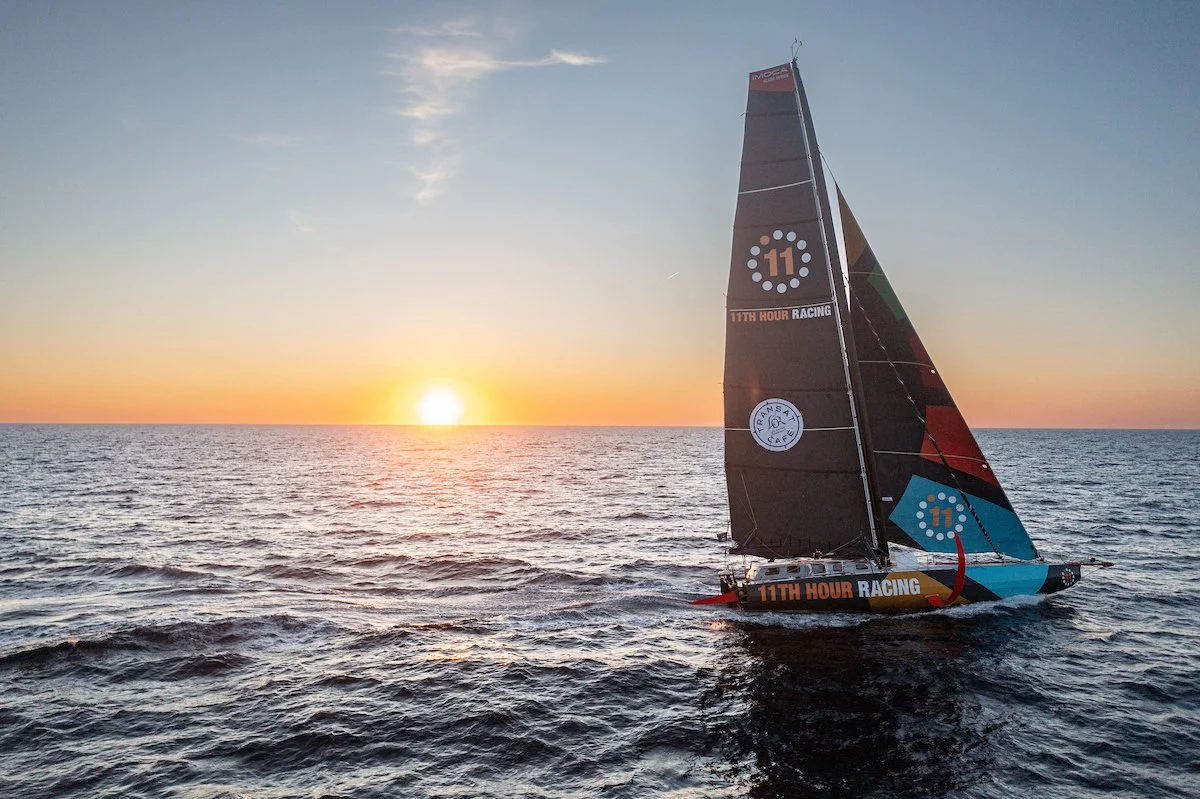Will Harris shares his thoughts with two days to go to the start
By Will Harris
Two days out from the start, I can feel that familiar tension building. It’s natural, this is a big race. Sailing double-handed across the Atlantic on a 60-foot IMOCA is no small thing. I’ve done it a few times now, and experience teaches you how important the lead-up is, before you even cross the start line. Preparation really is everything.
Right now, I’m deep into my weather routing. I’m trying to visualize what those first hours and first days will be like. The routing tools we have are brilliant, but they’re definitely not the Bible - they don’t give you a fixed route. You have to analyze and interpret them, and when you’re starting alongside 70 or 80 other boats, it’s easy to get overwhelmed. If I can clear the big strategic questions before that day, then the first few days of the race will be a lot easier.
As I’ve developed as a sailor, I’ve also learned what kind of preparation makes me feel clear and confident. Getting away cleanly and calmly at the start really matters. This time, it’s also a bit of a different start personally. Normally, my family are there right up until I leave the dock, but we’ve decided to say our goodbyes two days before. It gives me a bit more time to get into race mode, to find that focus. In a way, the race starts now.
Will with his wife, Lucia, and their son, Jack © Lucia Nebreda
The ‘office job’ before the transatlantic job
In these final days, life on shore feels a bit like taking on an office job. Once we’re on the boat, it’s constant movement - uncomfortable, physical, demanding. So now is the time to do the thinking. I’m working now to paint a picture of the race to make life easier once we’re out there - looking at how the weather is developing, identifying key decision points, and figuring out realistic maneuvers.
There’s a lot of data to digest - different models, past experience, routing options - and it takes time to turn that into a clear plan. This morning I spent two or three hours on the weather, and I’ll do the same this afternoon. Tomorrow, it’ll be a new picture again as the latest data comes in. The closer we get to the start, the more accurate it becomes, but it still all comes down to interpretation.
Reading the models
At the moment there isn’t a clear picture of what we are going to be sailing into. The first couple of days look similar across the main weather models, but the strategy, and how we use that information, is the challenge. Getting out of the English Channel quickly and safely is the first big hurdle. I’ve sailed out of there plenty of times, and it’s never straightforward - ships, buoys, currents, waves - all of them can make or break your start.
After that, the forecasts diverge. There’s a lot of low-pressure activity in the North Atlantic right now, making the route down to the Canaries quite tactical. It’s not unusual for this time of year, but it means there isn’t one obvious ‘right’ route—there are options. We’ll have to make decisions along the way, identifying key moments when the forecast will push us one way or another. That’s what makes it fun, really, comparing theory with reality. That’s where you can make gains.
We’re looking at all the usual models—the ECMWF (European), GFS (American), and higher-resolution ones like ARPEGE and AROME. Each has its strengths, so it’s about cross-referencing and making sure we’re not missing any tricks.
Sailing our own race
There’s always a tough balance between sailing your own race versus reacting to what others do. You can have the best plan in your head, but as soon as your rivals take a different route, it puts doubt in your mind. Of course we’ll be watching them, but it’s about evaluating risk versus reward. If the whole fleet goes one way and we’re going another, what’s the potential loss - or gain?
We’ve already mapped out where we think the fleet might split and what we’ll do in each case. That way, we’re ready for those moments, not making split-second decisions out of surprise. That’s when mistakes happen.
© Marin Le Roux | polaRYSE | 11th Hour Racing
Managing nerves
Do I get nervous? Only if I feel unprepared. The less prepared I am, the more nervous I get. I actually visualized this morning what it’ll feel like motoring out to the start. Right now, if I stopped looking at the weather between now and then, I’d definitely feel uneasy. That’s my reminder to keep working on it. The boat’s ready, the team’s ready, and I think we’ll be in a nice, relaxed headspace when the start comes. We know it’s going to be windy - 30 knots at the start, going up to 35 or 40 knots the first night - and we’re accepting that already.
Finding balance
In between all this planning, I’ve found a few creature comforts. I’ve been really enjoying the sauna at our hotel, half an hour a day with a sailing friend has been great. And in the evenings, I switch off completely - no phone, no weather models, just a film I’ve already seen. I don’t like the risk of choosing a bad one before a race! It’s a simple way to relax, to reset, and to make sure I wake up feeling ready for the next day.
Two days to go, and it’s all about focus now - getting the head in the right place, finalizing the plan, and keeping calm before the adventure ahead begins.
© Marin Le Roux | polaRYSE | 11th Hour Racing



